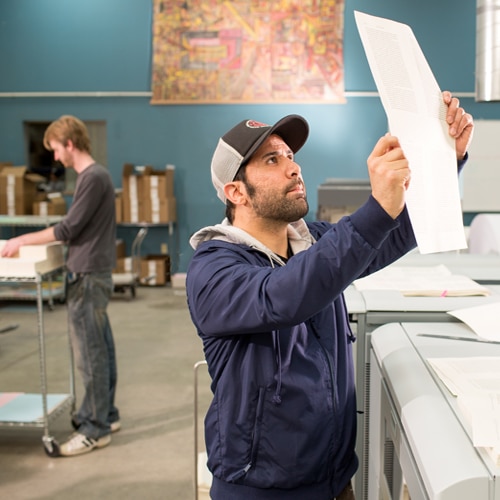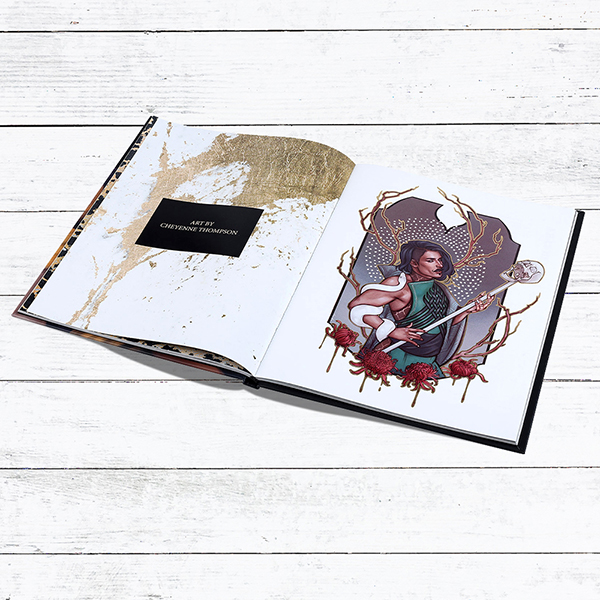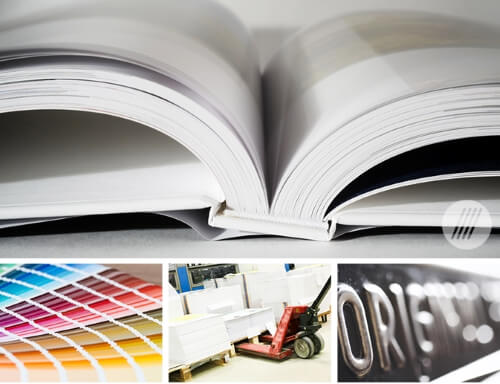Ways to Pick the Right Paper for Your art book
Ways to Pick the Right Paper for Your art book
Blog Article
Comprehending the Process Behind Top Quality Art Book Printing for Art Fanatics
When it comes to premium art book printing, recognizing the complexities of the process can raise your admiration for the final product. As you explore the numerous parts of art book printing, you'll discover understandings that could transform your perspective on art conservation and discussion.
The Relevance of Paper Option in Art Book Printing
When it pertains to art book printing, the choice of paper can make or damage the end product. You want your art work to beam, and the appropriate paper boosts shade vibrancy and detail. Consider elements like weight, structure, and finish; these aspects considerably impact how visitors regard your work.
As an example, a heavier supply communicates high quality and sturdiness, while a textured surface can include deepness to pictures. Smooth paper is exceptional for in-depth reproductions, allowing great lines and refined tones to appear crisp.
Don't forget the paper's illumination; a brighter sheet can aid shades pop, making your art much more eye-catching. You'll likewise wish to assume about just how the paper interacts with inks and whether it can take care of the printing procedure without contorting or bleed-through. Eventually, choosing the ideal paper establishes the stage for your art, ensuring it captures the target market's focus simply as you imagined.
Choosing the Right Inks for Vibrant Recreations
Choosing the best inks is simply as important as choosing top quality paper to attain vibrant recreations in your art book. When you're printing art work, you desire colors that pop and properly represent the initial piece. Select inks with a high pigment focus; these often tend to generate richer and extra saturated colors.
You may think about making use of archival inks, which withstand fading in time, guaranteeing your art book remains as striking as the day it was published. If you're working with pictures or digitally produced art, pigment-based inks can supply a wider color range, enhancing information and deepness.
Don't forget about the finish! Matte and glossy inks can substantially change the appearance of your artwork, so think of the appearance you're intending to accomplish - art book. Eventually, the appropriate ink selection enhances your paper selection, developing a sensational aesthetic experience for your viewers
The Role of Color Management in Print Quality
Shade monitoring plays a vital function in achieving high print high quality for your art book. It guarantees that the shades you see on your screen translate properly to the published web page. Without effective color monitoring, your vibrant artworks might show up plain or distorted, weakening your innovative vision.
Next off, use color accounts tailored for your printer and paper type. These accounts direct the printer in duplicating colors precisely, reducing inconsistencies in between electronic and printed versions.
When you prepare your documents, take into consideration using a shade space like Adobe RGB or CMYK, depending upon your printer's specs. Constantly proof your work, as well; a test print can reveal any prospective shade issues prior to the final run. By prioritizing color administration, you guard the stability of your art, ensuring your audience experiences it as you intended.

Comprehending Different Binding Techniques
Achieving the perfect appearance for your art book surpasses color administration; binding techniques additionally play a substantial role in its general discussion and resilience. You have a number of alternatives to review, each with its very own unique features.
If you're intending for an expert feeling, case binding provides a durable alternative with a hard cover, ideal for showcasing your artwork. On the various other hand, perfect binding supplies an adaptable spinal column while keeping costs down, making it a prominent option for softcover books.
Spiral binding allows your art book to lay level, which is great for displaying images without blockage. On the other hand, saddle stitching is optimal for smaller sized booklets, giving a clean finish without the bulk.
Eventually, the binding technique you select must mirror your artistic vision and just how you desire visitors to involve with your work. Make certain to weigh these options thoroughly to achieve the finest end result for your job.
The Effect of Print Size and Layout on Presentation
While the option of print size and layout might appear second to content, they greatly influence just how your art work is perceived. The measurements of your prints can either enhance or diminish the effect of your items. Bigger prints can attract audiences in, permitting them to value intricate information, while smaller formats could call for even more intimate involvement.

Preservation Methods for Durable Art Books
To guarantee your art books stand the test of time, it's necessary to apply effective preservation strategies. Use acid-free storage boxes or safety sleeves to shield them from dirt and physical damages.
When handling your books, constantly wash your hands or use cotton gloves to stay clear of oils and dust moving onto the web pages. Stay clear of bending or wrinkling the spines; instead, make use of book supports when displaying them.
For included security, think about buying archival-quality products for any repair work or enhancements. On a regular basis check your collection for signs of wear or damage, addressing problems immediately. By complying with these basic approaches, you can guarantee your art books stay lively and easily accessible for many years to come, maintaining their beauty and worth for future generations.
Collaborating With Printers for Ideal Results
When you're ready to publish your art book, selecting the ideal printer is important to accomplishing your vision. Clear interaction regarding your expectations and demands will assist guarantee that both you and the printer are on the very same web page. Let's explore how to make this partnership as seamless and effective as advice possible.
Picking the Right Printer

Reliable Communication Techniques
Efficient interaction is vital for turning your art book vision into fact, especially when teaming up with printers. art book. Begin by clearly describing your project's goals, consisting of design elements, favored products, and any kind of details printing techniques. Do not hesitate to share your motivations and referrals; this helps the printer comprehend your visual
Set up regular check-ins to talk about development and deal with any inquiries. Use visuals, like mock-ups or samples, to convey your concepts better. Be open to responses, as printers commonly have beneficial insights that can boost your task. Finally, preserve a favorable relationship by being considerate and satisfied of their knowledge. This partnership will assure that your art book meets your assumptions and beams in its last kind.
Often Asked Questions
What Prevail Mistakes to Avoid in Art Book Printing?
When printing your like it art book, stay clear of usual blunders like bad resolution pictures, inaccurate shade accounts, and overlooking page design. Do not neglect to check and verify details to confirm your end product fulfills your expectations.
Just How Does Digital Printing Differ From Standard Printing Approaches?
Digital printing utilizes digital data to create prints directly, enabling quicker turn-around and personalization. In contrast, conventional methods include physical plates, which can be taxing and much less versatile for small runs or distinct layouts.
What Is the Regular Turn-around Time for Art Book Printing?
The common turnaround time for art book printing varies, however you can expect it to take anywhere from a couple of weeks to a number of months. Elements like intricacy, amount, and printing technique all influence this timeline.
Can I Print a Minimal Edition Art Book Financially?
You can publish a restricted edition art book economically by picking affordable products, enhancing print runs, and utilizing digital printing alternatives. Careful preparation and budgeting will aid you attain high quality without spending too much.
What Are the Environmental Factors To Consider in Art Book Printing?
When thinking about art book printing, you should think of eco-friendly products, sustainable inks, and energy-efficient processes (art book). Picking local printers can likewise minimize your carbon impact, making your job both stunning and environmentally responsible
Report this page